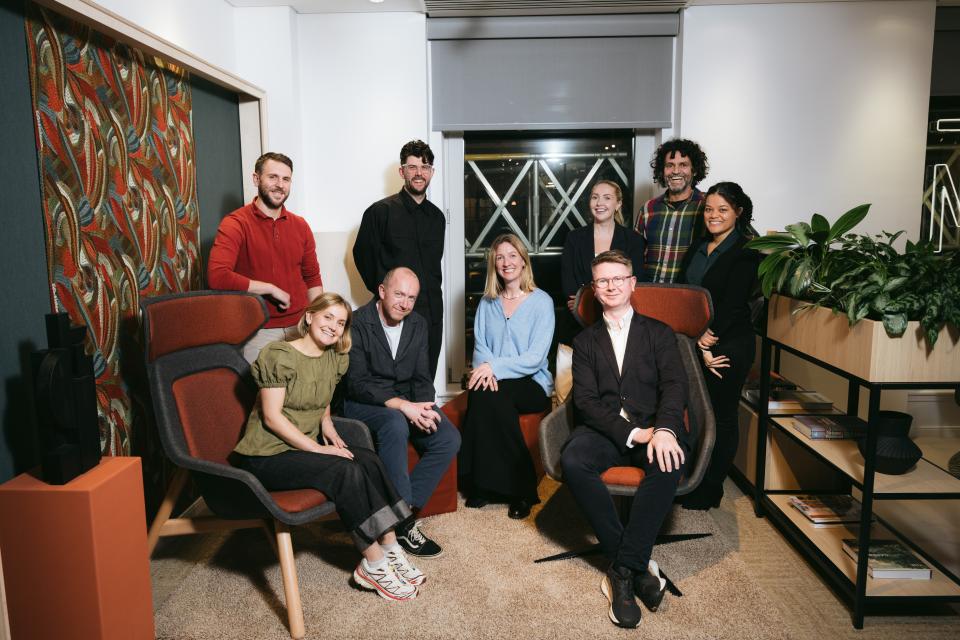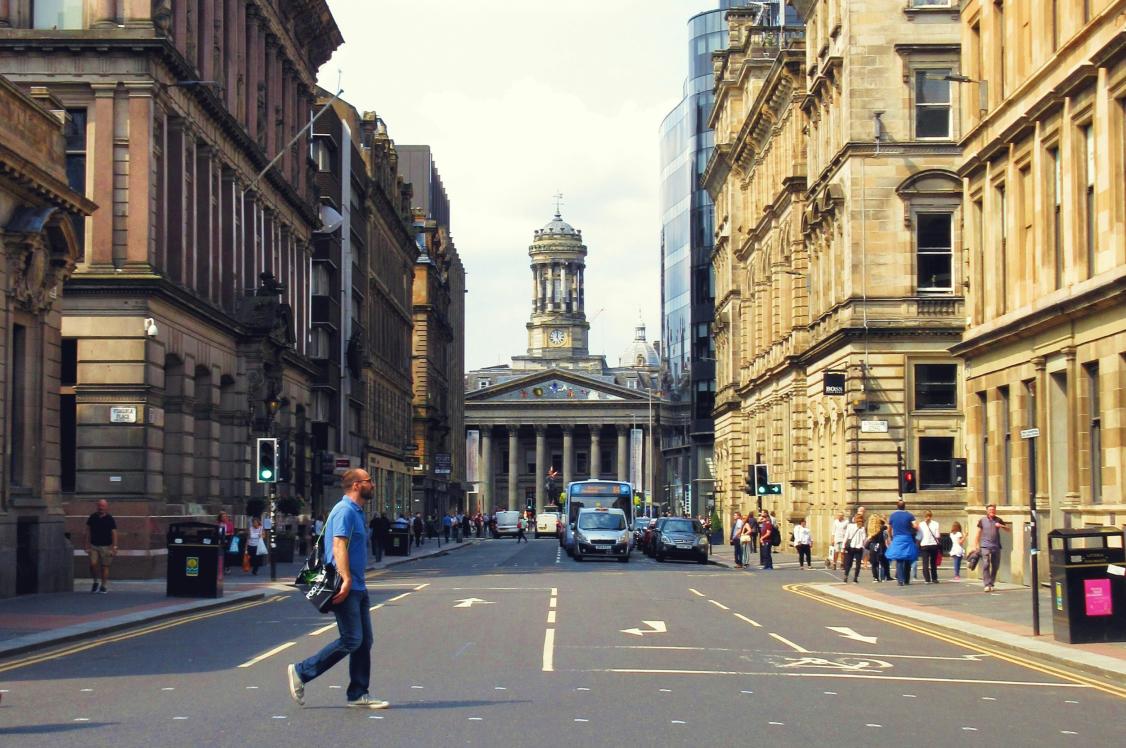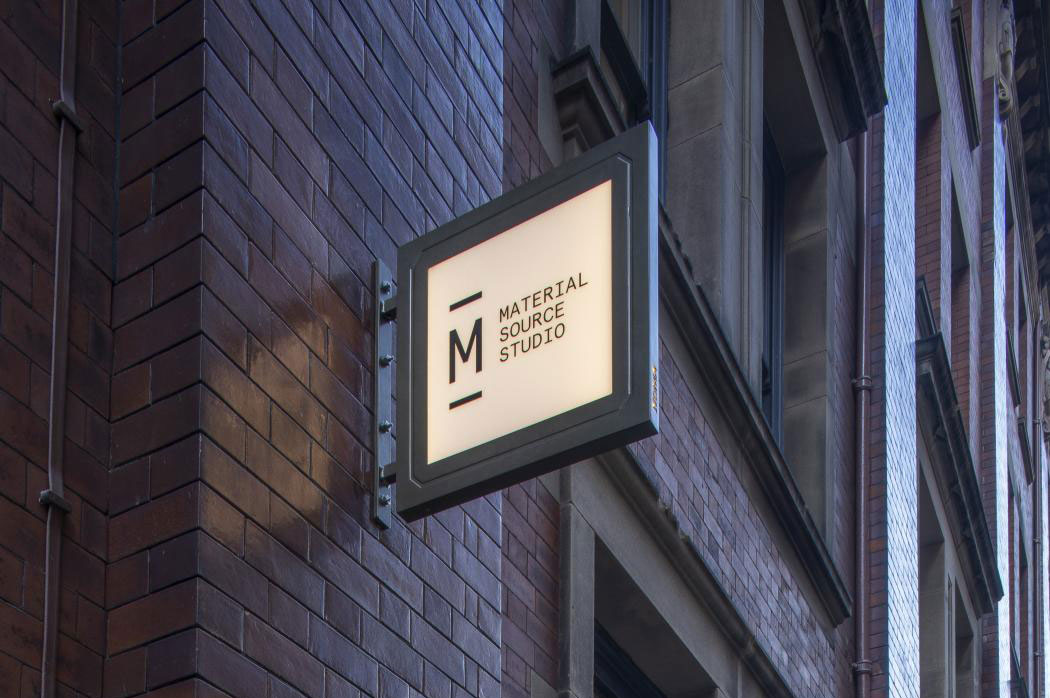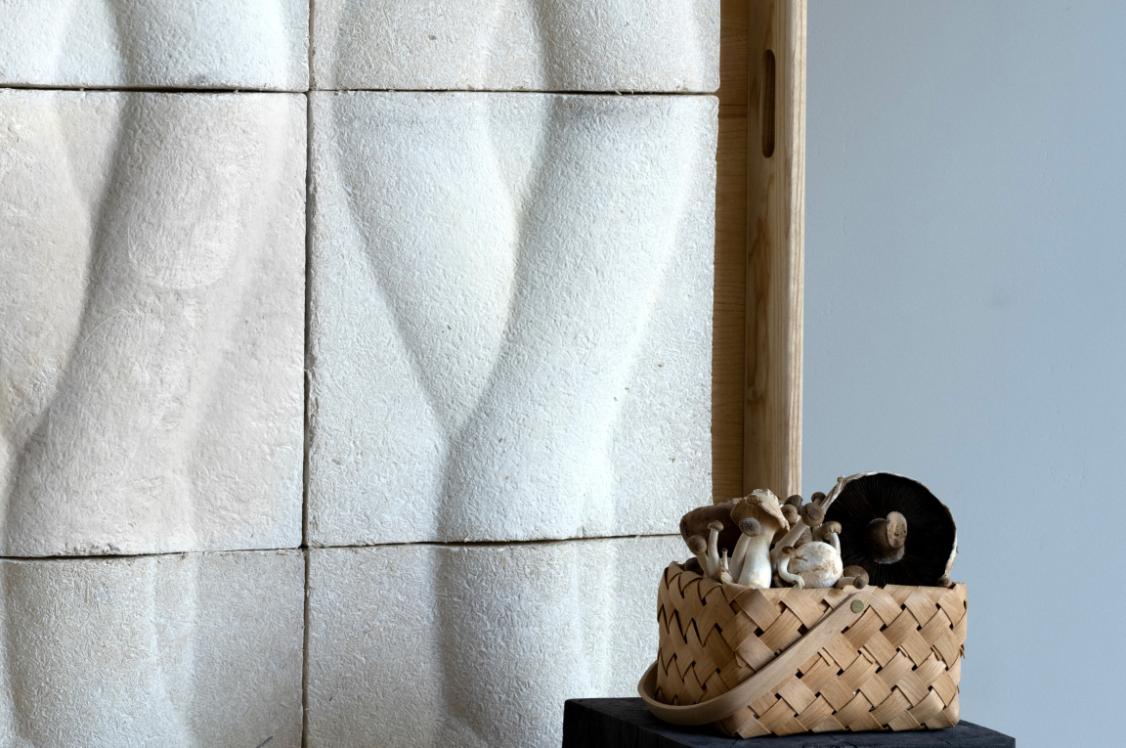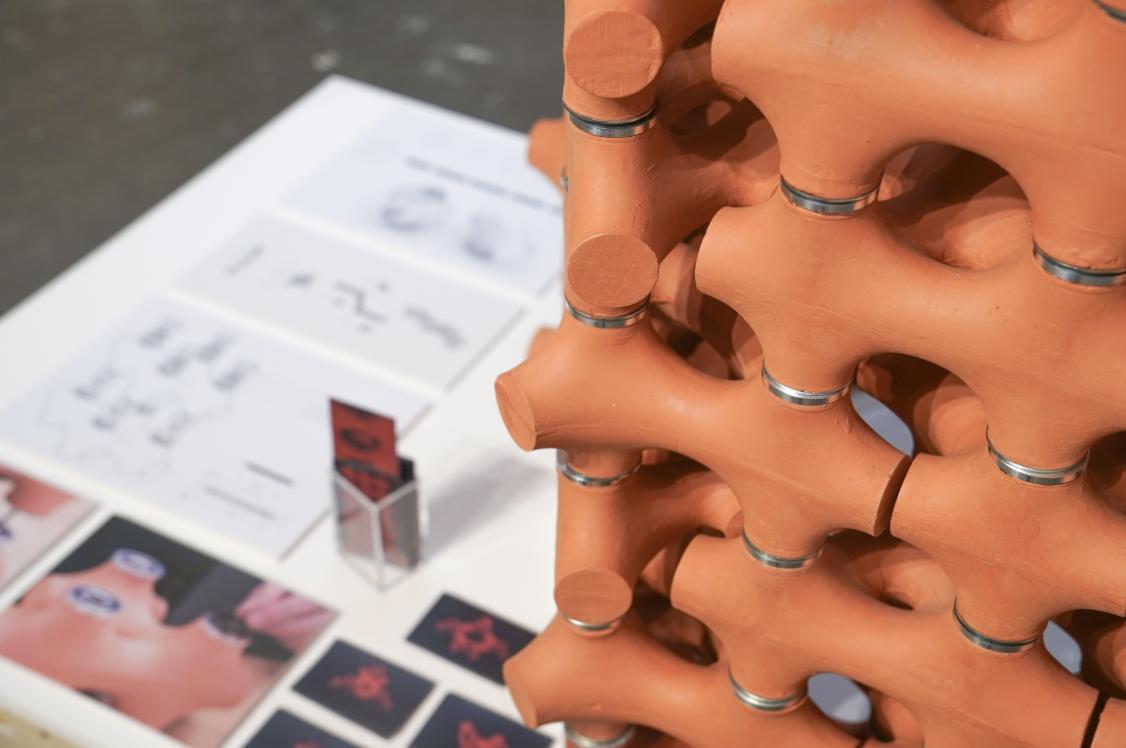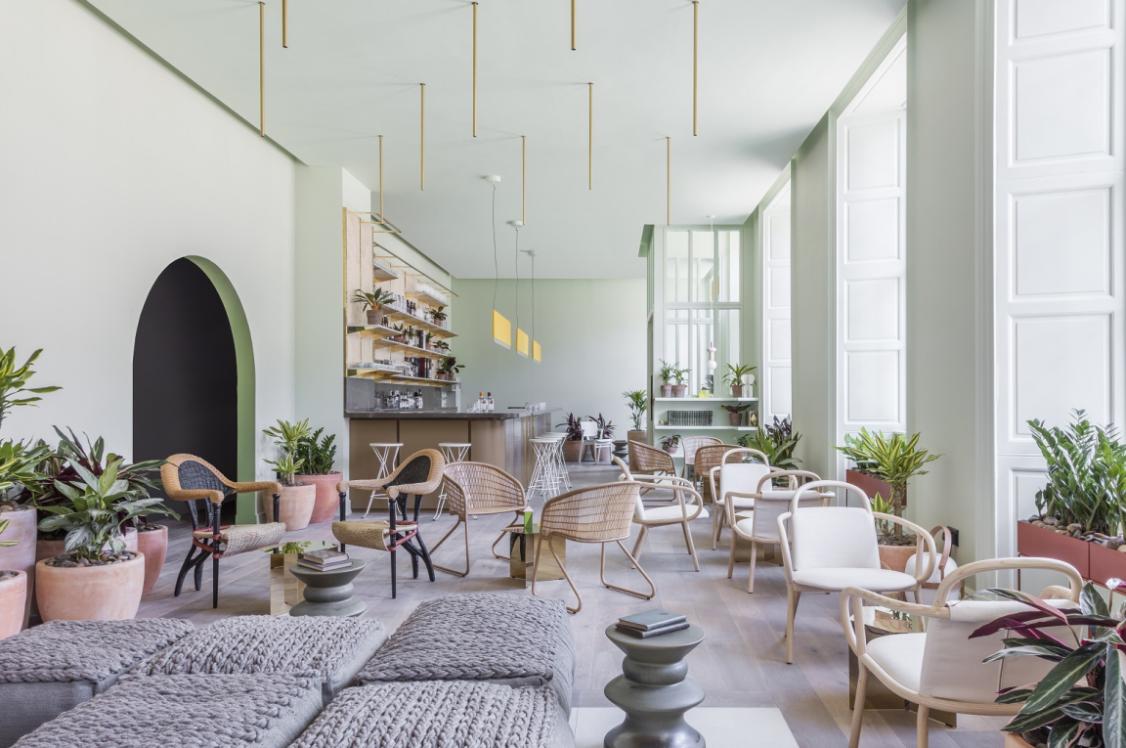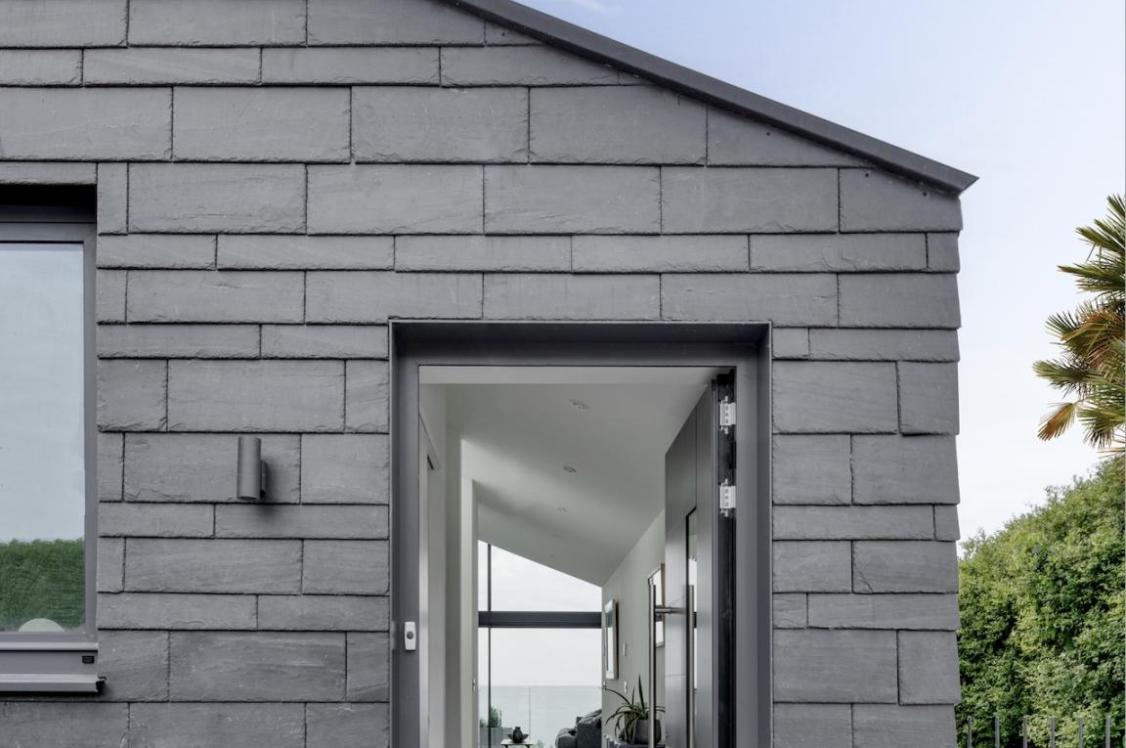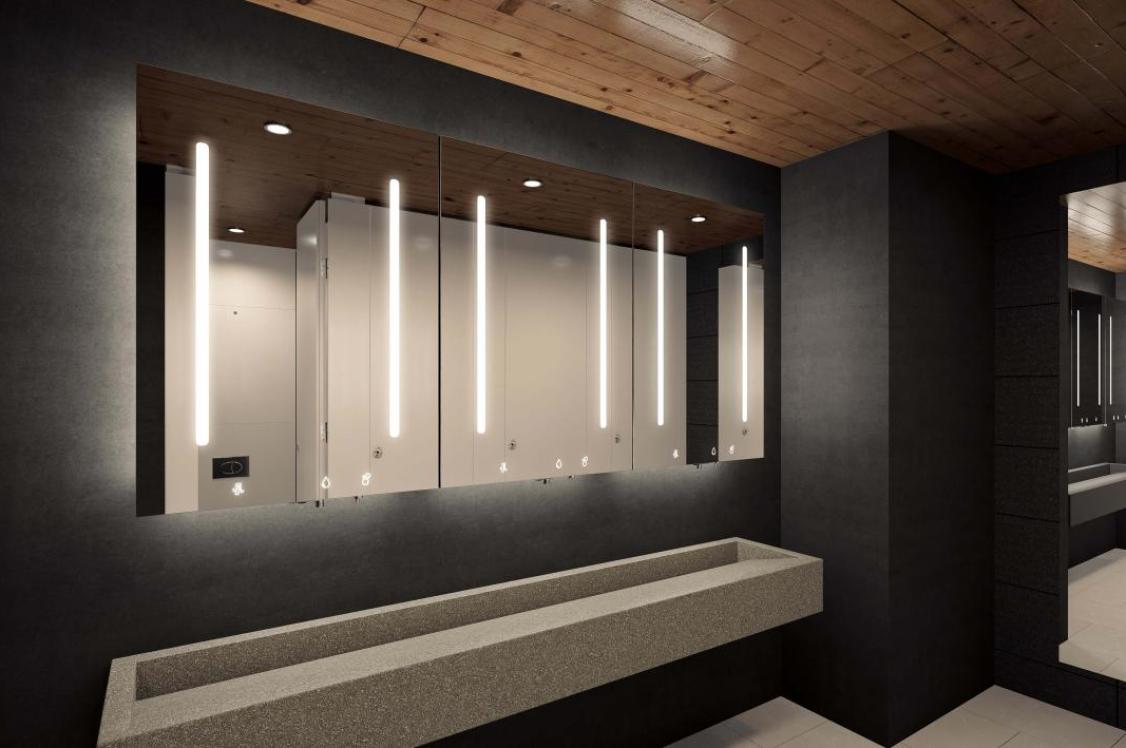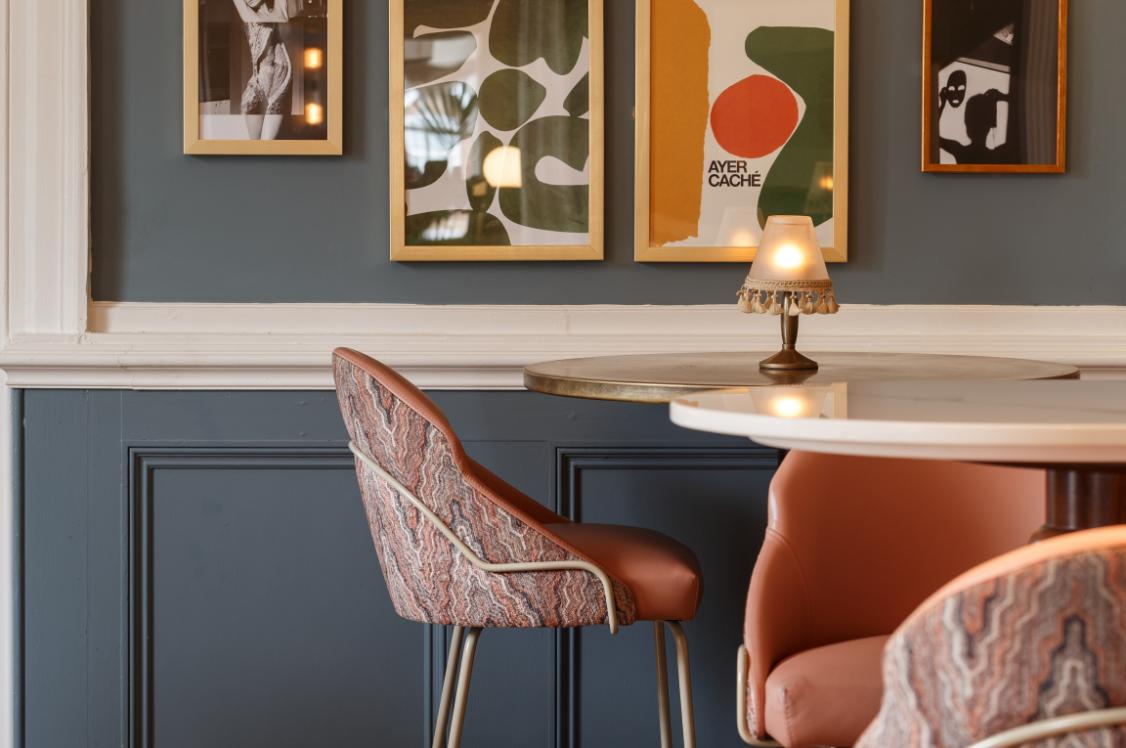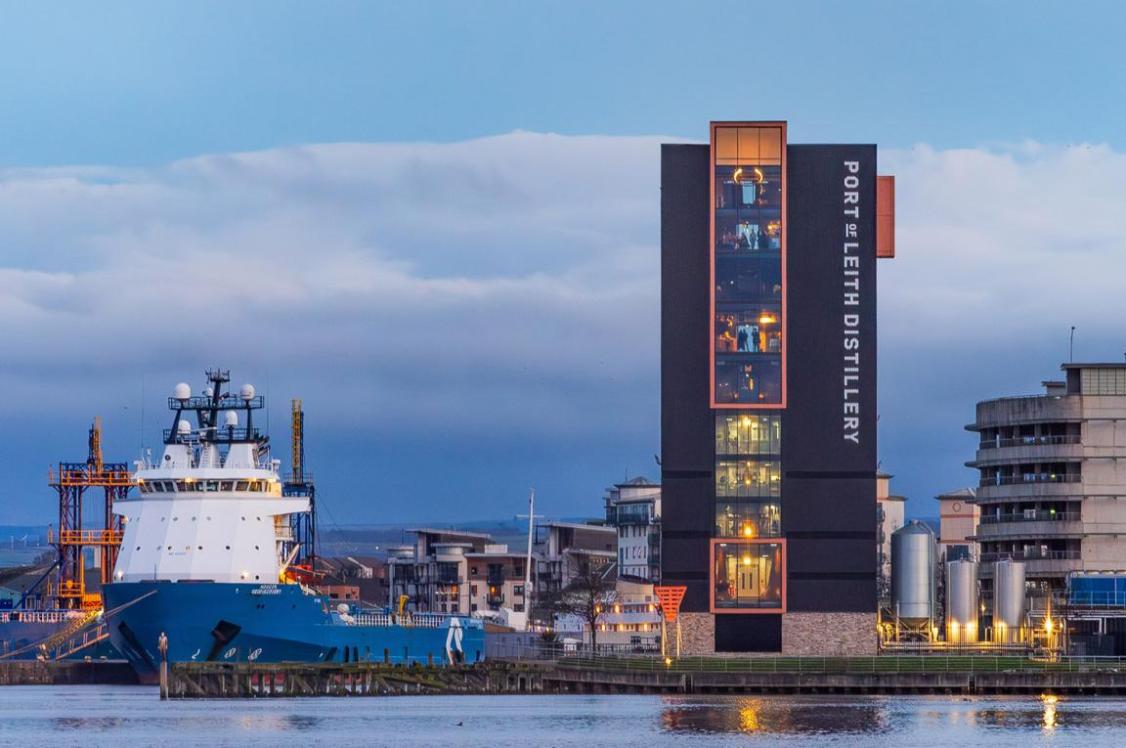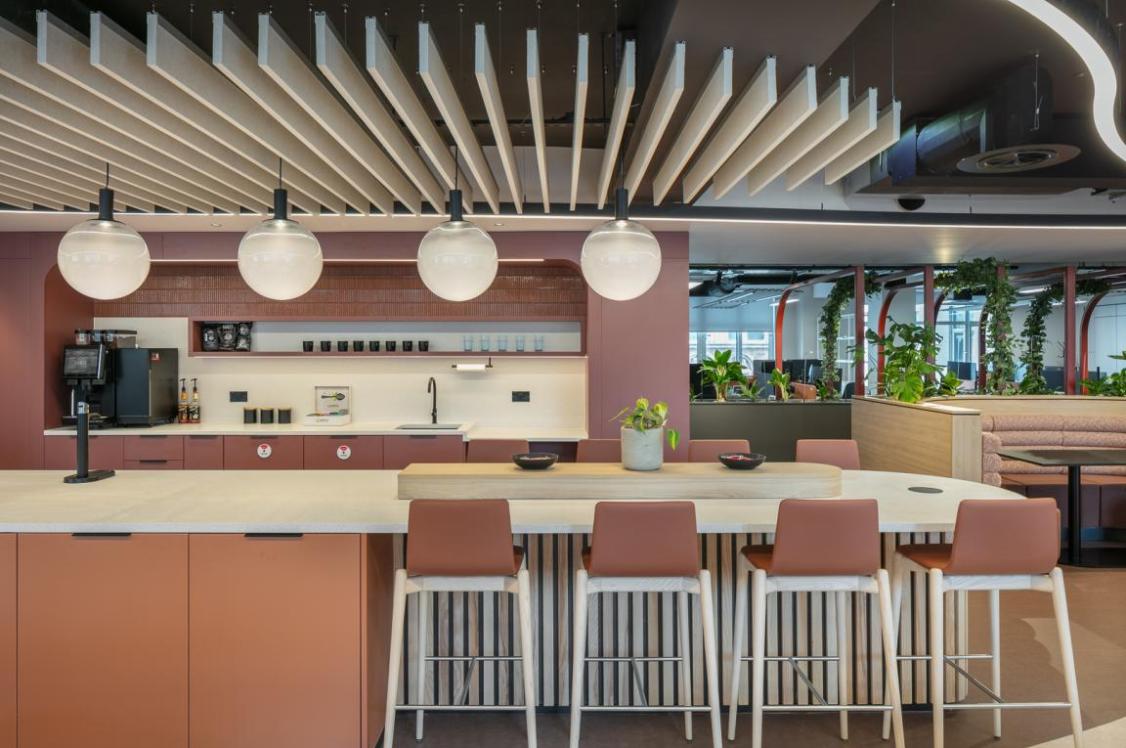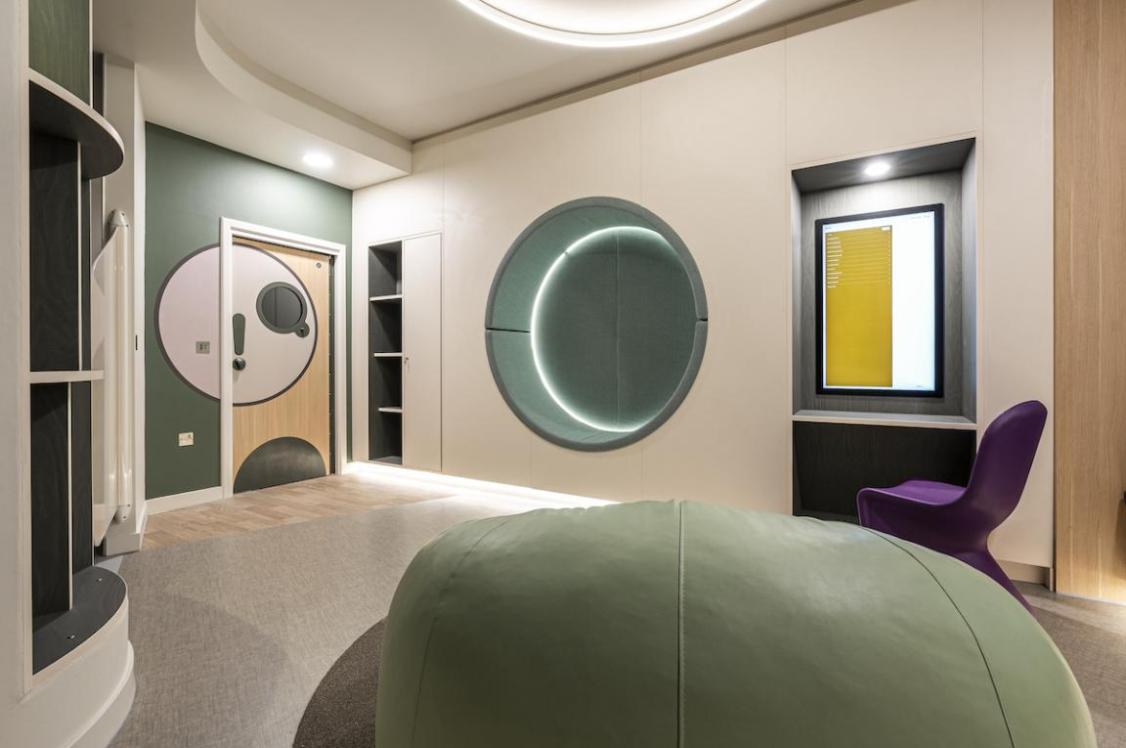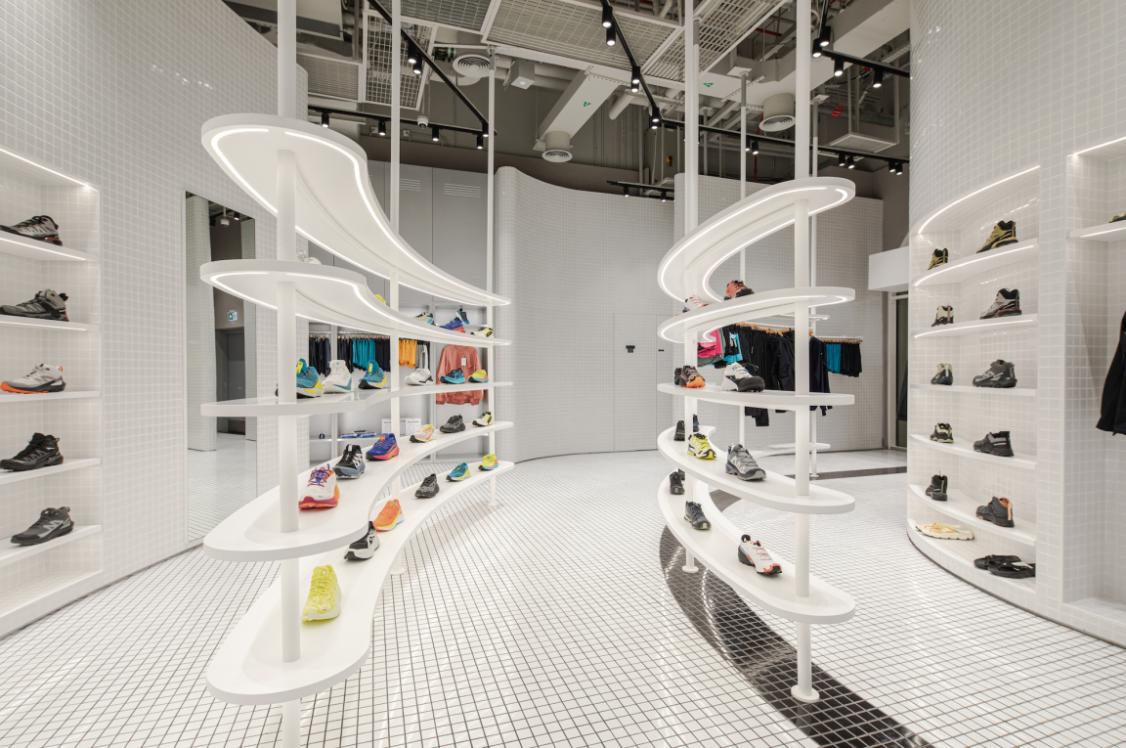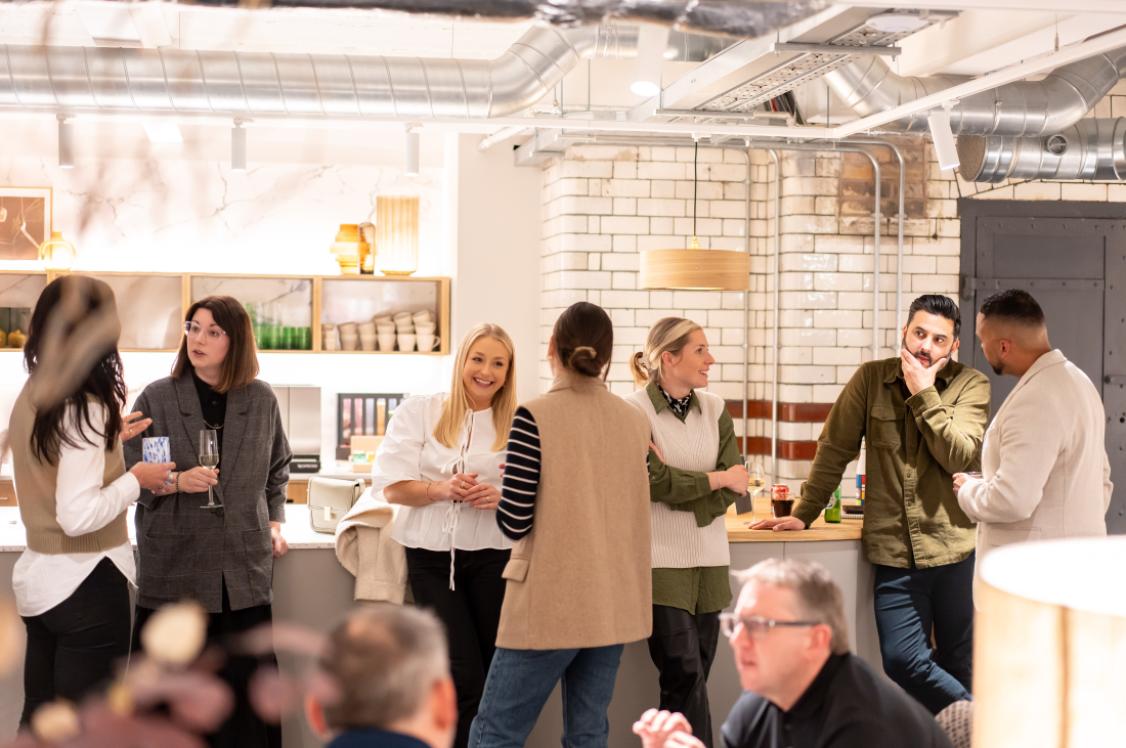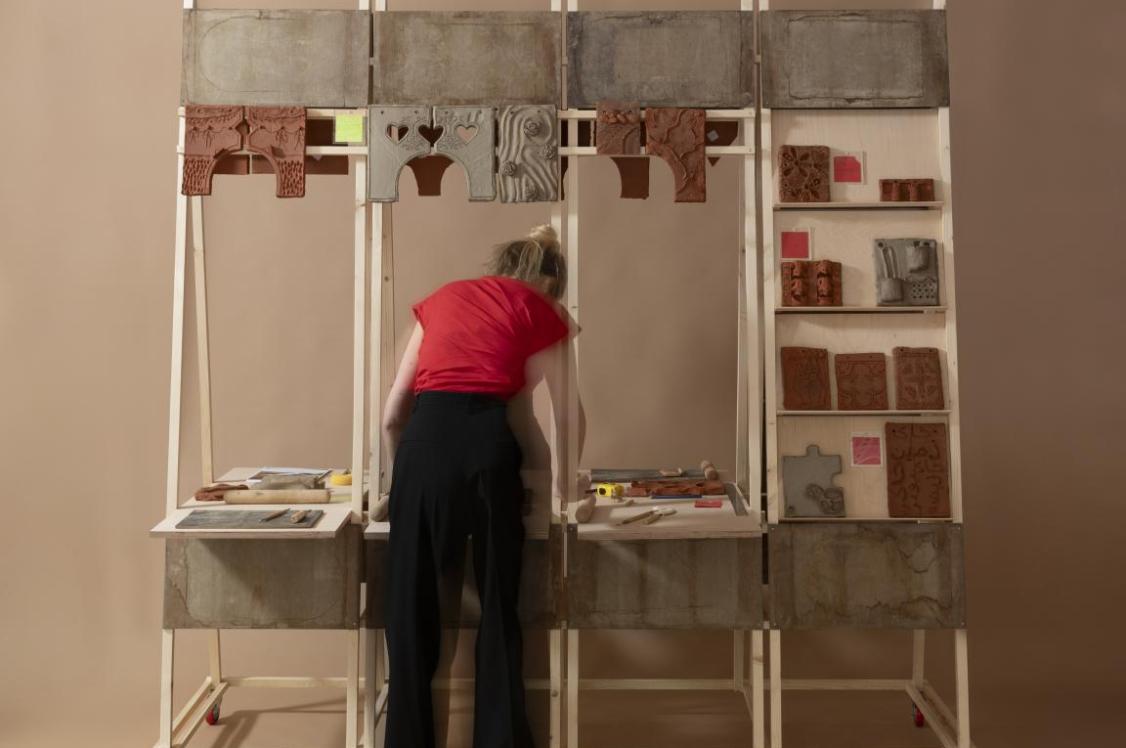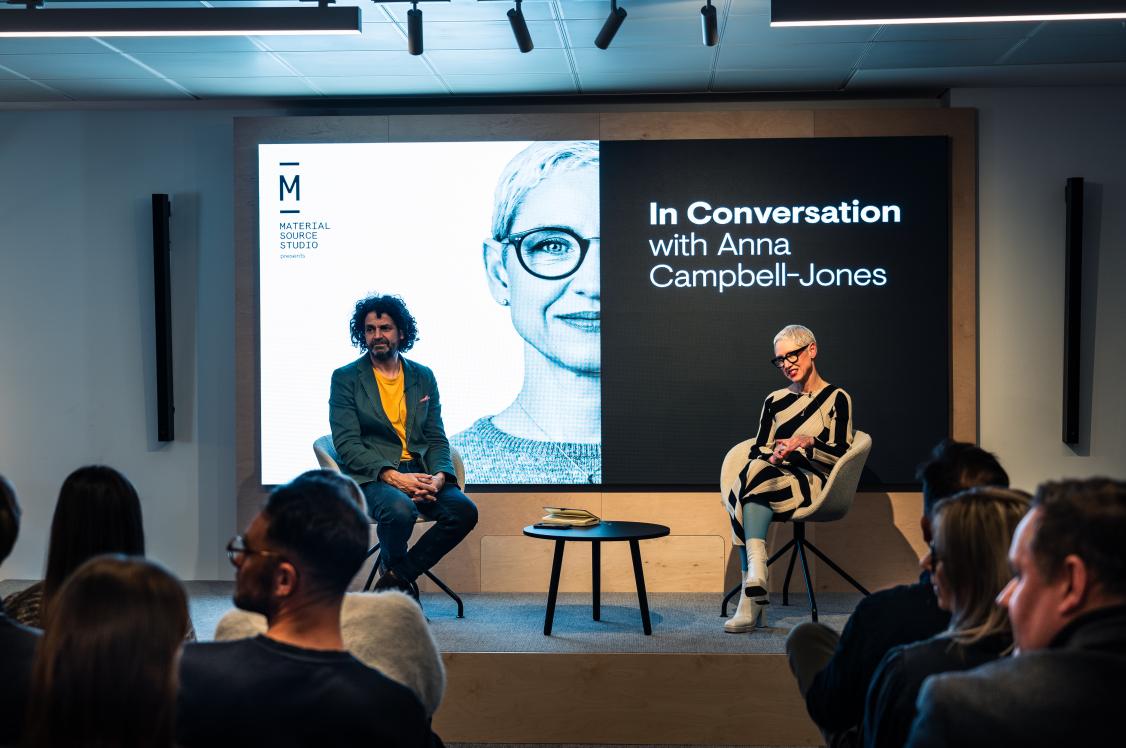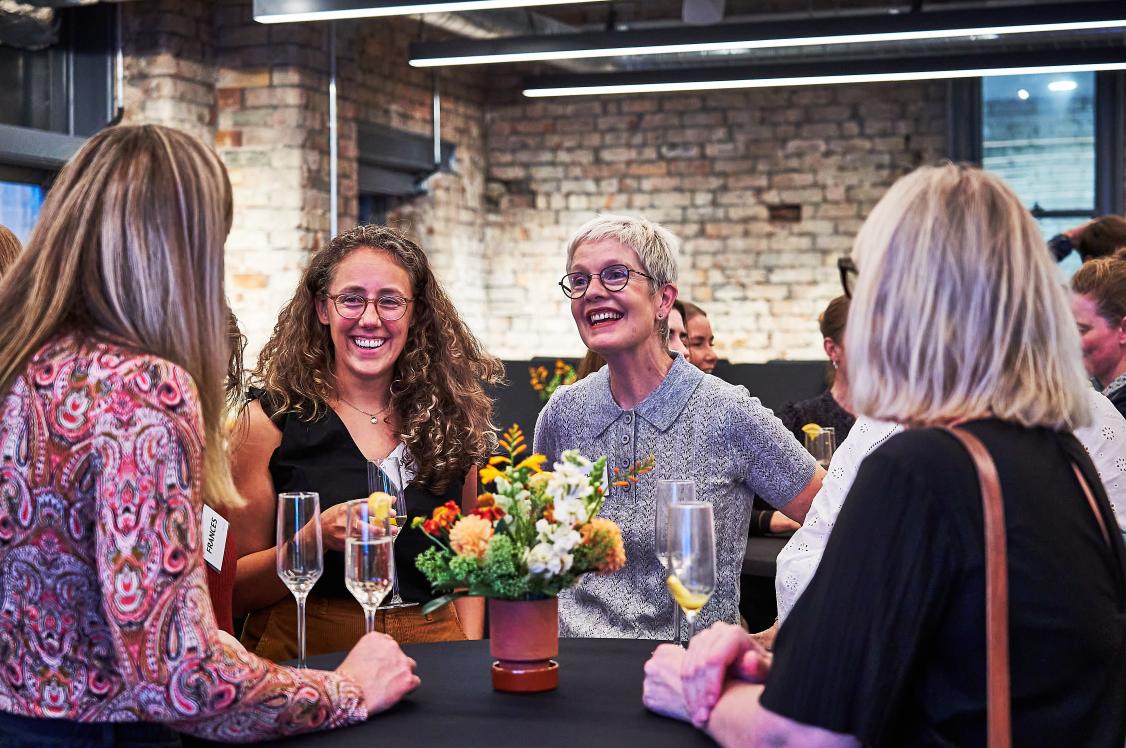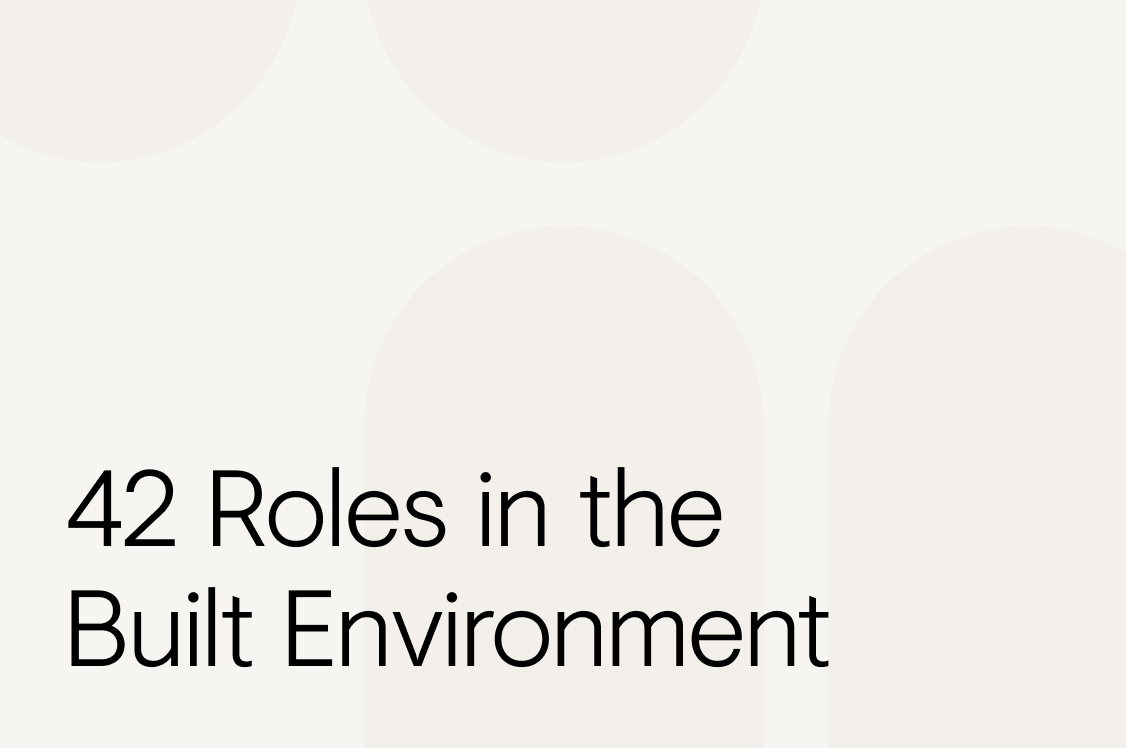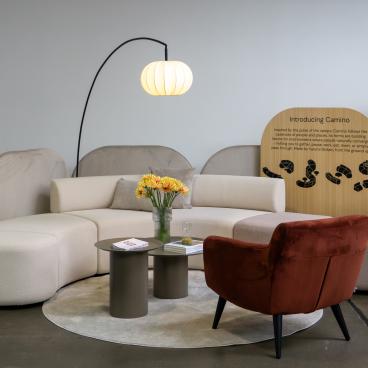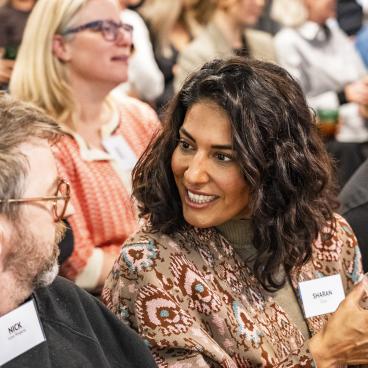Creating the perfect mixed-use development: Is it possible?

Glasgow has all the ingredients to make a great city, agreed the guests at our recent roundtable in Scotland.
The question that needs pondering, they said, is how can we connect all the dots to make the city overall better? To attract investment. And to turn buildings around. Whether that's getting them out of the ground, or transforming them through retrofit.
While Glasgow was heralded as a city with an optimum cultural and heritage offer, making it an opportune destination for developers looking to invest - all very much echoing the sentiments shared at our seminar last month on the same topic - what's missing from the city centre, according to our guests, is people. Of all ages. And demographics.
To support them, infrastructure is needed. As is more 'hang out' space. Foresight and 'cathedral thinking' - a masterplan - are key to fuelling development, they said. There's a "quiet confidence" bubbling away it seems. But this is paired with the feeling there's still a long way to go to meet the city's ambitions.
Through the positives and challenges, in the article to follow we summarise the main talking points to keep the discussion going…
Our guests

Tracy Johnston, Principal Consultant, Mott MacDonald
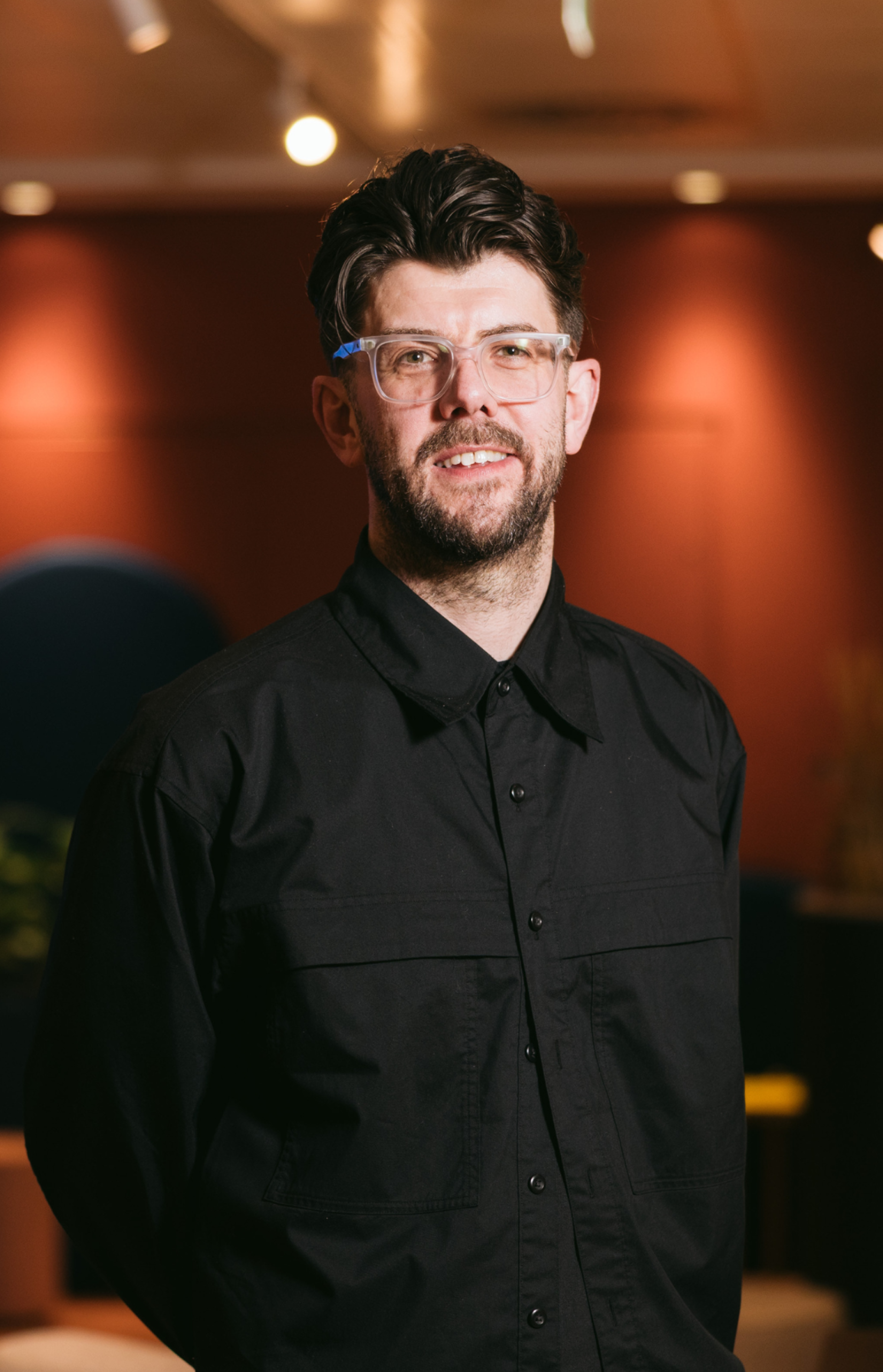
Neil Whatley, Director, Keppie Design

Hazel Pearson, director, MLA
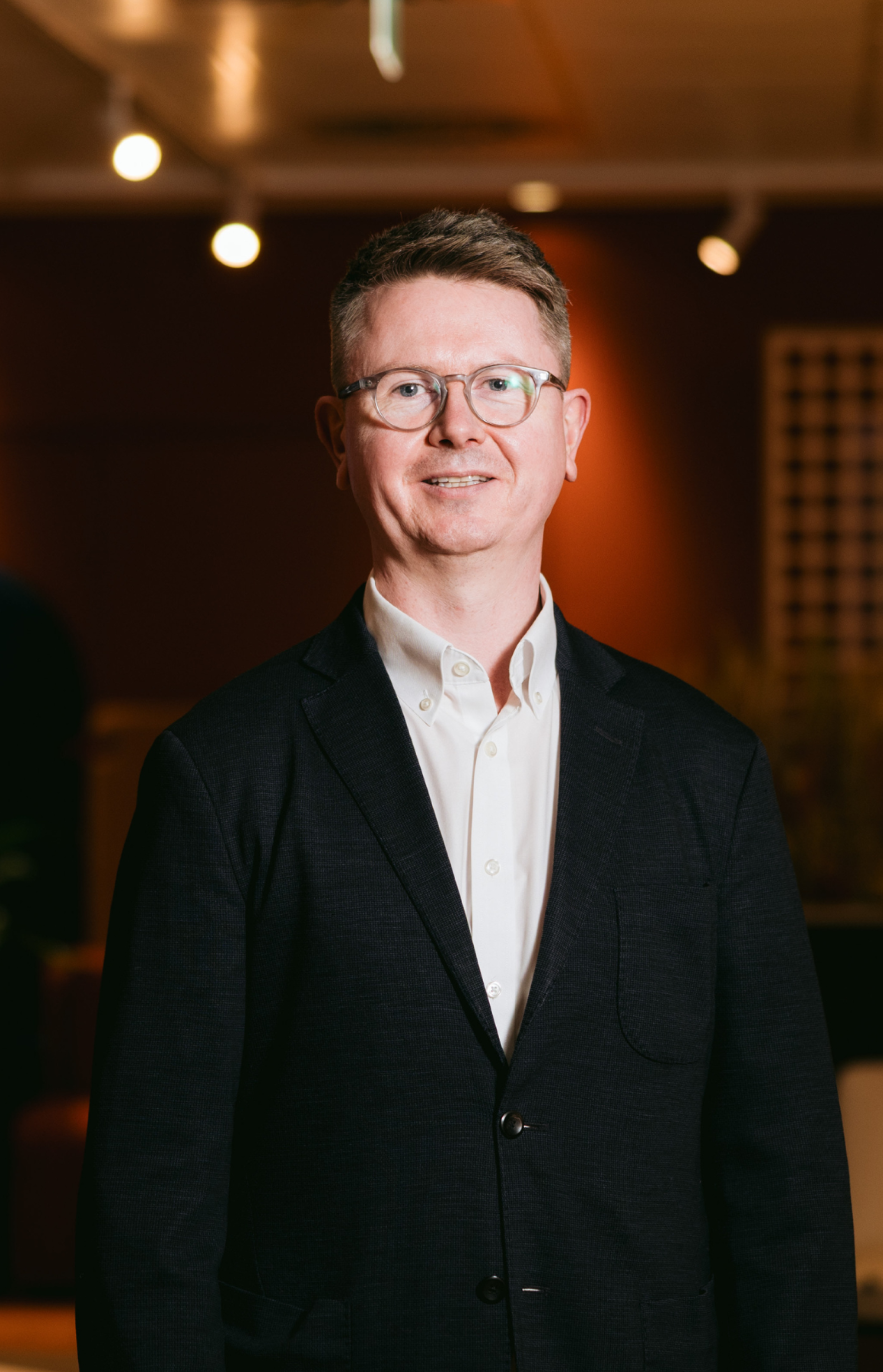
Elliot Cumming, Property Director, HFD Group

Nick Ecob, Director, Stallan-Brand
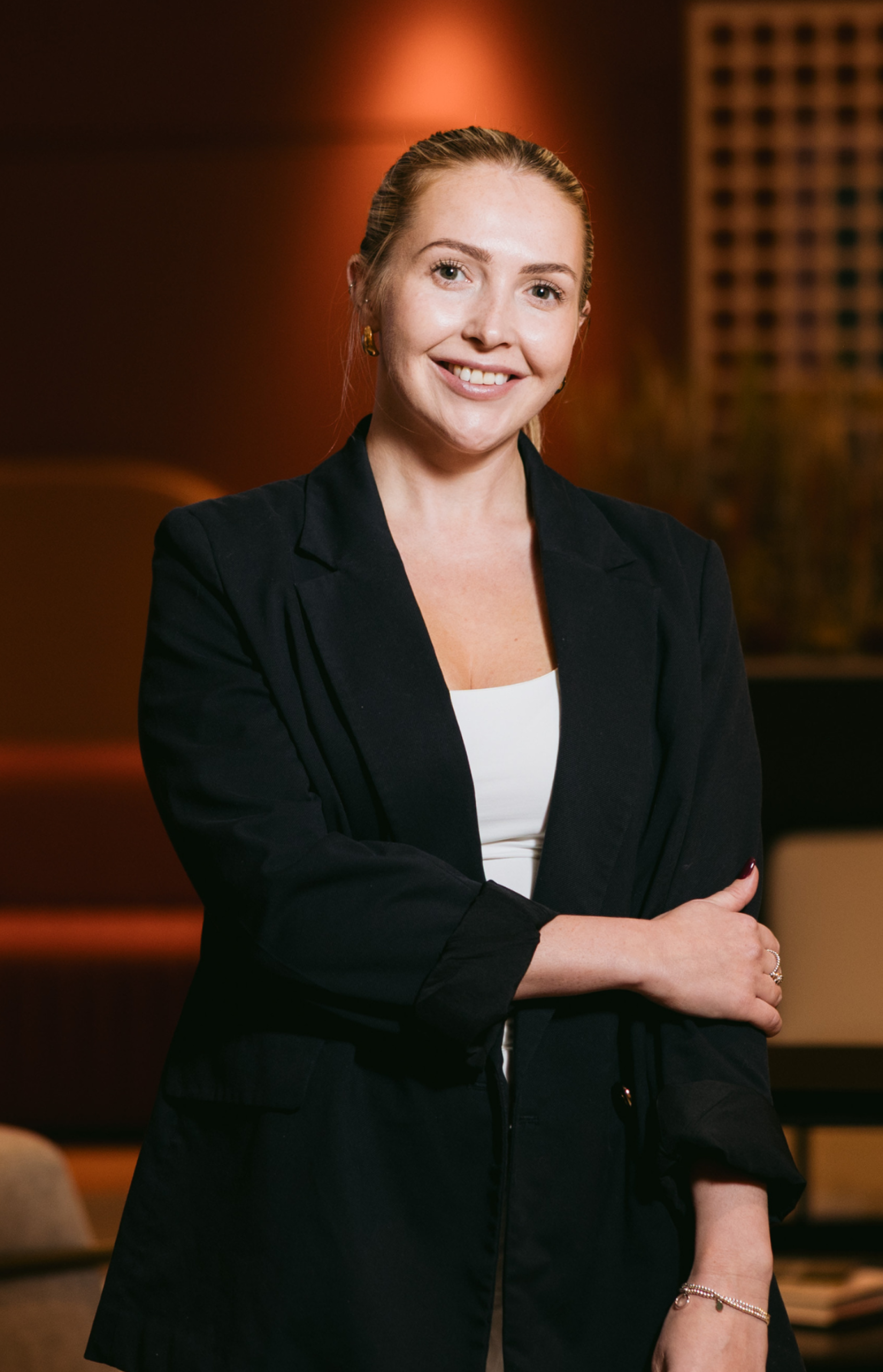
Ashley Davies, Account Manager, Forbo Flooring Systems
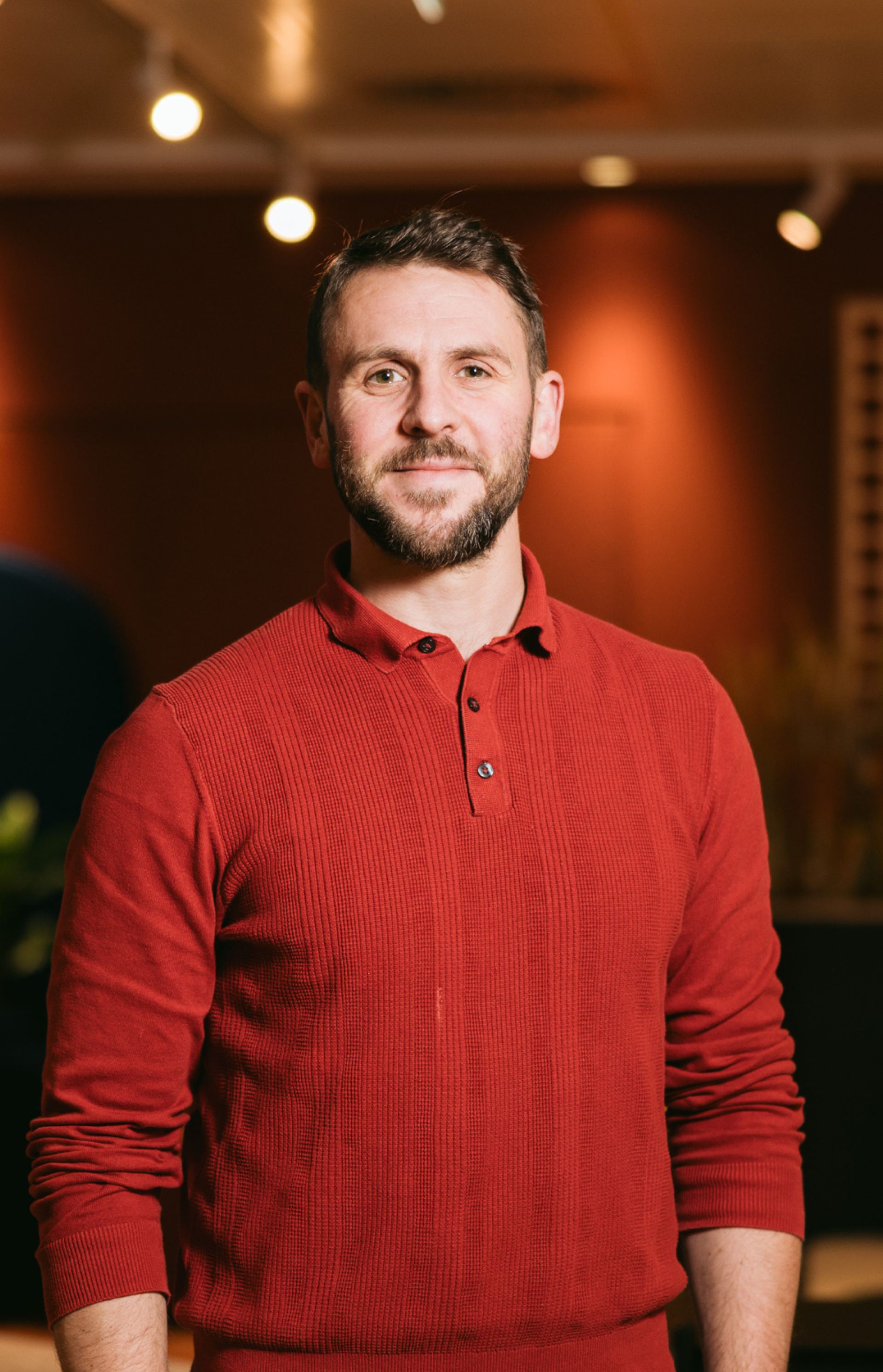
Dan Lowe, Senior Project Manager, Hollis

Emily Bagshaw, Creative, Material Source Studio
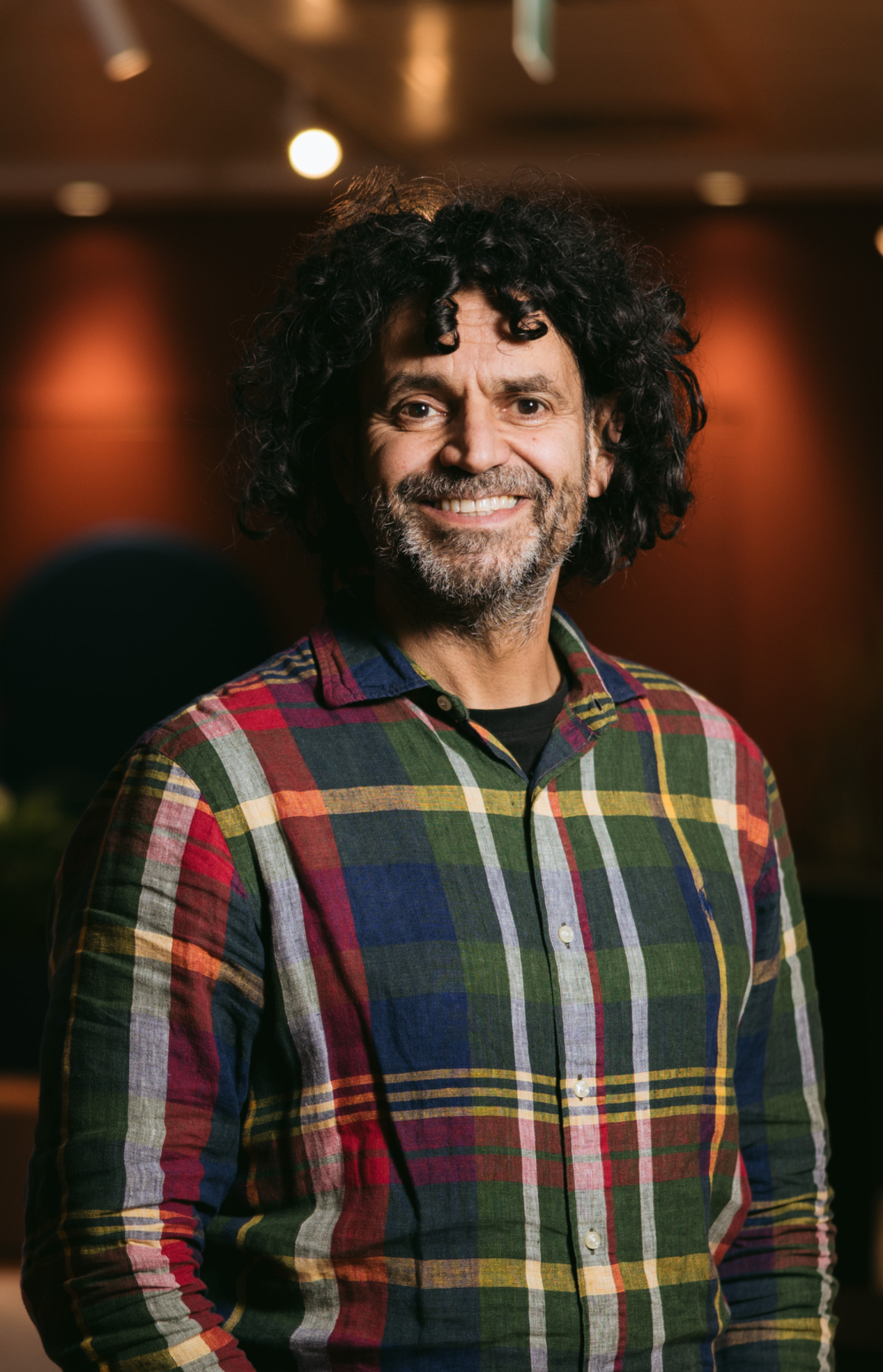
David Smalley, Director & Chair, Material Source Studio
Live, learn, work, play
To begin, roundtable chair, David Smalley, picked up where our recent seminar left off. “During the seminar, we talked about live, learn, work, play. That's obviously at the heart of a successful city… Or is it? Is that a correct assumption?” he asked.
“Yes”, replied Elliot Cumming, property director, HFD Group, “those are the ingredients required for a successful city, but in the context of Glasgow some areas are stronger than others."
Nick Ecob, director, Stallan-Brand believes this is a modern issue though. “I think Glasgow has historically done really well at being a mixed-use city. If you go back to the end of the 1900s, it was a model for a mixed-use with the tenements of Glasgow providing the perfect density for live and work.
“What we’re finding now is institutions are funded and delivered in a siloed manner. Whether it’s a university, an office, or PBSA. There’s a great collection of people from different sectors but they’re all focusing on just what they’re building.
“I think we all know what makes a good city, but actually making that happen in the contemporary world of development is a real challenge.”
Echoing the points raised at our Glasgow Property Outlook seminar on the city as a whole requiring a “joined up approach”, Nick added, “fractured ownership is difficult”. Referencing the city of London, where one developer may take on a whole area, i.e. Kings Cross, Nick said this does not reflect what’s happening in Glasgow.
“It’s smaller ownerships here”, suggested Elliot, “and trying to get those competing drivers – an office, a university, a PBSA scheme, or others, to commit to an overarching masterplan at the same time, and all make money, is a challenge without some council or other involvement pulling it together.”, he added.
“Do you feel Glasgow is headed in the right direction?” asked David.
“I think it could be better”, responded Hazel Pearson, director, MLA, “And I think this new era of development with some more BtR coming in will bring about more footfall.”
Footfall is key, Hazel believes, to spurring on the likes of independent retail. Highlighting the example of an MLA-designed PBSA scheme in Charing Cross, ground floor activation is a crucial element of delivery, shared Hazel. Though public consultation signified a desire for infrastructure such as doctors and dental surgeries rather than shops, “the mechanisms for synergising these uses are quite limited”, Hazel said.
“I think the problem Glasgow's got, when you compare it to Manchester or Leeds, are all the metrics around the number of people that live here in the city centre are way off what other cities are doing.”
Reinforcing the sentiments raised at the Property Outlook seminar, getting “bums-on-seats” is vital to generating a thriving city centre. And while progress is being made in this area according to the City Council, the roundtable guests believe there’s still a way to go.
The answer? More high-density residential developments, such as BtR, to secure a critical mass.

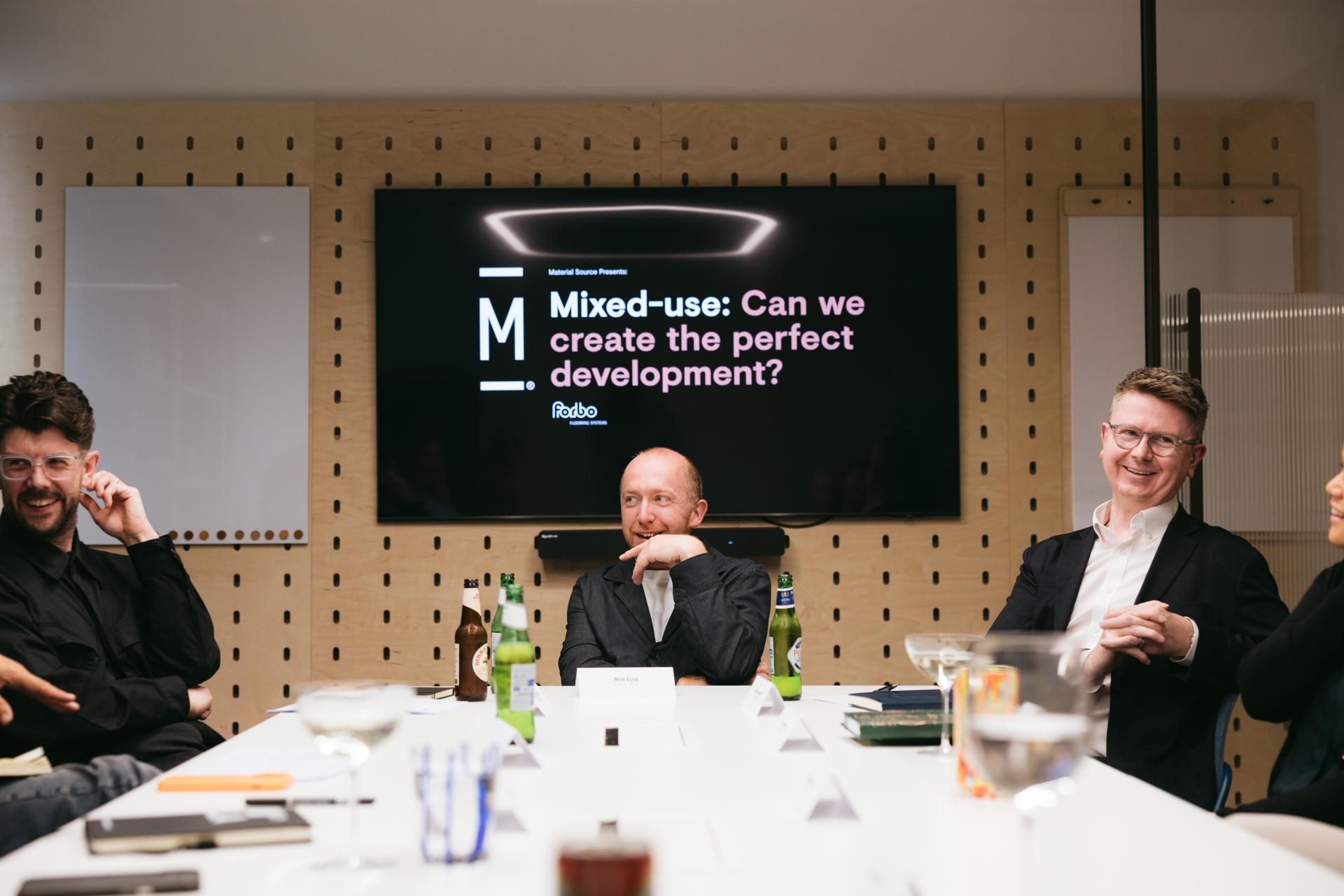

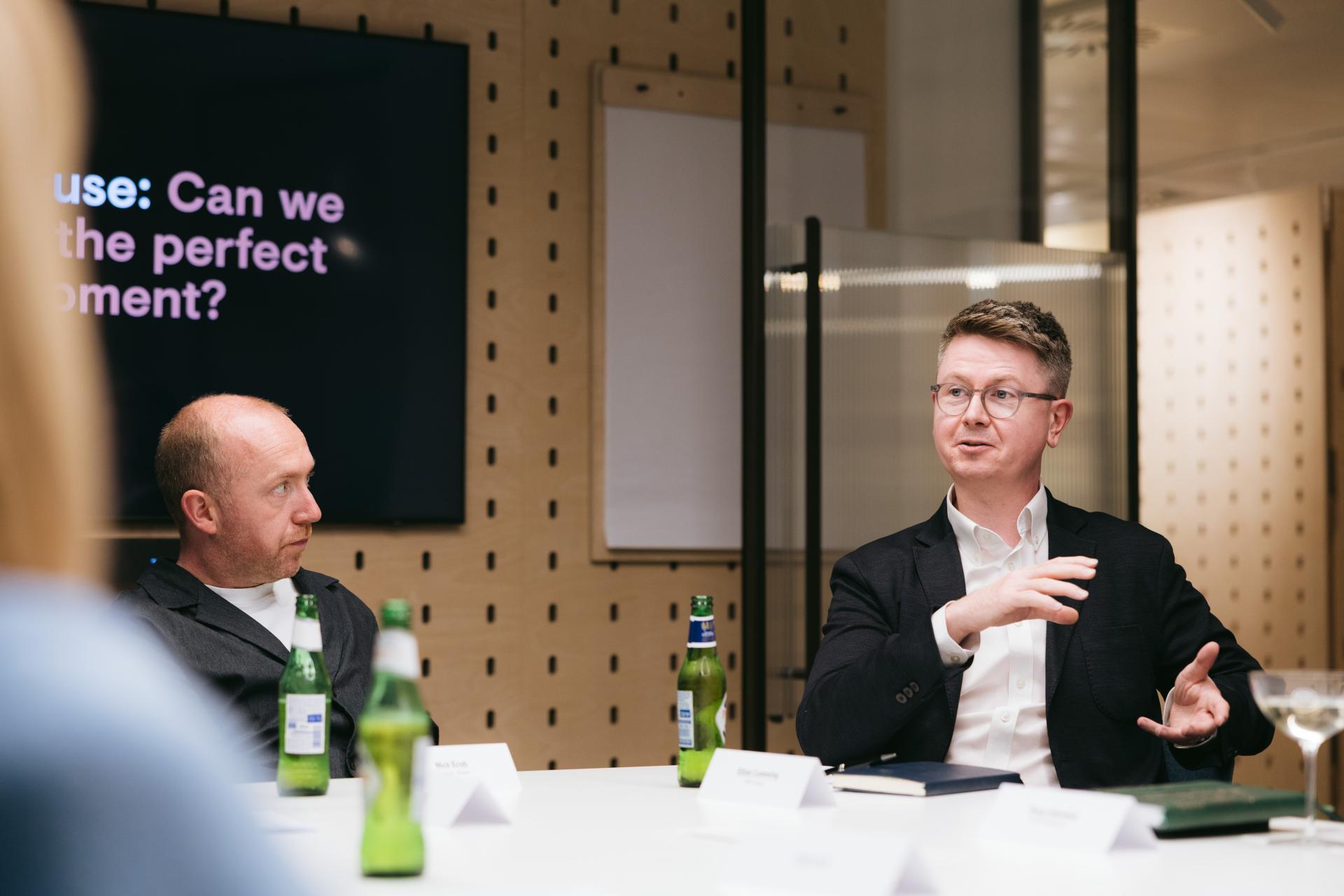
A confident mix
“Glasgow's got loads of non-residential. We've got loads of ground floor space. We've got a high street that just needs an injection of people to drive it. We've got all the cultural institutions and the theatres. All the city centre needs is more people in it”, Hazel suggested.
Residential to drive city-centre footfall is one thing, the guests agreed, but without the supporting infrastructure such as doctors surgeries, as previously mentioned, the community will be young and transient as families won’t be catered to. Tracy Johnston, principal consultant, Mott MacDonald, commented, “I used to live right by George Street and there isn't a single GP between Duke Street the M8 and the Clyde."
As a basis for comparison, David asked the guests, “What can Glasgow learn from other cities? What can it do better?”
The Waterfront was brought up as an area for potential. Hazel mentioned Copenhagen as a city that "welcomes in and attracts young families because the centre is safe with plenty of play areas (land and water!), cultural institutions, amenities (including schools and doctors), and appropriate housing types". Does this mix exist in Glasgow?
For Neil Whatley, director, Keppie Design, he personally found it “a push” when seeking a new family home, ideally with green space, in the city centre. Though he feels when looking at footfall versus amenities we may have it back to front. “If the people are there, the amenities will come”, he commented.
To supercharge this, Neil thinks transience is the key. “I think transient populations are really, really good. That's what cities are built on. If we can start to repopulate the city through that vehicle, the amenities will come, but they’re not going to come first.”
In order to fuel these transient communities, the need for BtR was stressed. But politics has put a blocker on Glasgow capitalising on the development of such asset classes.
“Politics got in the way and BtR fell away for three or four years, but that's hopefully going to start coming back”, said Nick, in reference to the lifting of the rent cap, which has stifled this kind of development since 2019. The sense now – again, supporting the comments made at our seminar – is “hugely positive”, added Nick - though “the devil will be in the detail when it comes to Scottish enterprise and getting sites out the ground in the next 12-18-months.”
For this to come to fruition, two things need to happen, Elliot suggested. And that’s change politically – something Jonathan Guthrie, Scottish Housing Federation, reassured the guests at last week’s seminar is happening – and wider market factors to change including interest rates continuing to come down – reflected in recent transactions offering glimmers of hope. One such scheme being the Met Tower by Vita.
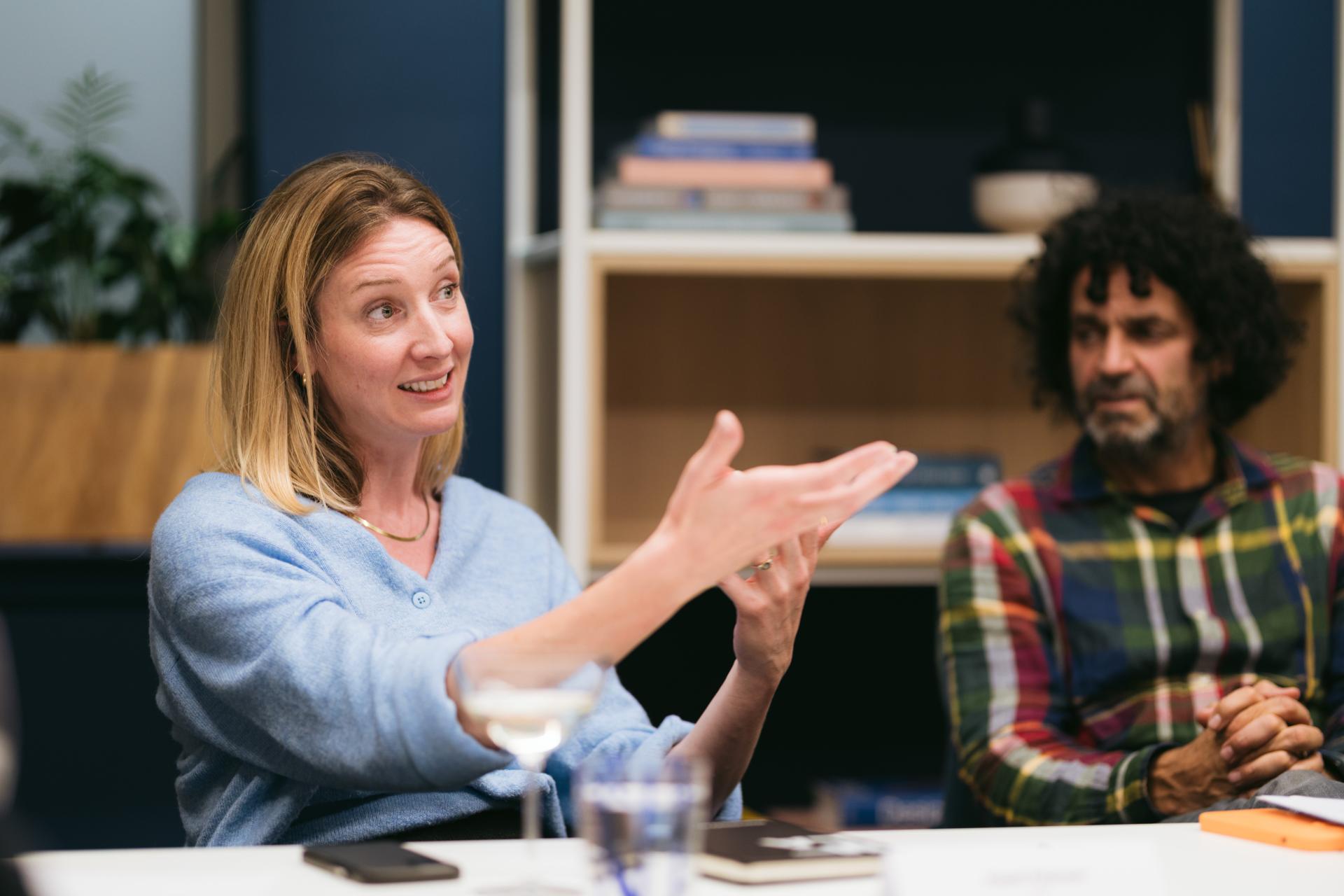



Mixed messages
“Is this giving people confidence?” asked David.
While Elliot commented, “it doesn’t do any harm”, he offered words of caution around false starts – the likes of which he’s witnessed before “we had really good sentiment in the office market on two or three big schemes – Met Tower being one of them – it was heralded as a real positive period in workplace development that sadly didn’t come to fruition. There's a difference between someone buying a site and getting planning consent for a site. It's the actual viability of getting funding to then turn this into a realised scheme.”
Many former office projects are now being “progressed with different forms of residential”, Elliot said, adding, “I think we just need to be careful we don't oversaturate the market, with student residential for example.”
A snowball effect is inevitable thinks Nick. “The market follows the market. I’m sensing there's a quiet confidence. I think there's a careful optimism, but I think we've got another election coming next May, and what’s needed is building the sense that Scotland is more predictable but there's just too many things that could change on a 12-month basis.
“Over the last 12-24 months, I've had more conversations about stalled schemes and it's tough out there - we, as a developer, build speculatively - we pick something, and we focus on it, and we generally see it through. But a lot of consultants have said 'it's tough at the moment'.”
Connectivity and community
While co-living is still said to be a pipe dream by the guests in the room – “Is Glasgow a mature enough market for it?” – there’s no shortage of young people seeking community in the city centre thanks to the world-class universities situated here.
But are there amenities in place for them outside of the residential offering?
Tracy believes there’s a lack of green space. “I think the Council is trying to fix this through the Avenues programme, but if you don't want to hang out in a pub what are you doing? There's no alternative in the city centre.”
A rise in spend at F&B venues was highlighted by panellist Paola at our Property Outlook seminar. But as Tracy suggests, that offering alone doesn’t cater to all.
Hazel shared that with MLA having had a dedicated office in Manchester for two-years, the team has looked to what’s happening there for inspiration. A lack of green space is not a problem exclusive to Glasgow, she said. “They don’t have any green space in Manchester except for Mayfield”, however, it doesn’t seem to have affected them, “is that what people are wanting? It's not been essential for the city because they've gone gangbusters without any green space.”
Perhaps rather than “green space” it’s public realm that’s needed, Hazel suggested. “Hang out space.”
“Glasgow has all the ingredients to make a fantastic city”, Nick added, “from the Hydro to the universities, but there's a bit about the political leadership maybe, we don't have Andy Burnham in our city, or an equivalent. I think there needs to be a harnessing of the wealth in the city, and investment in the city centre to allow it to then work harder economically.”
The current driving force behind the most “innovative and exciting mixed-use development in the city” is Glasgow University, Nick suggested. Over in the West End.
This links back to community said Dan Lowe, senior project manager, Hollis – “I felt part of a community when at university.” But community means different things to different people, he added.
“What does that mean to you? Is it people? Is it seeing the same people again? Is it the comfort of security, safety? Is it pubs, processions, farmers’ markets?
"The current environment in the city centre is threatening to people - traffic, danger, homelessness visible – it's a place people come to work and then quickly leave."
All of the former needs fostering, continued Elliot, it won’t happen in Glasgow unless someone drives it.
This point brought the conversation back around to transience, and its positives in bringing people into the city centre for more than just work. Though the term itself may have negative connotation, its contribution to thriving economies cannot be understated. As was agreed too by the seminar panel.
Kampus in Manchester was raised as an interesting case study by Neil – “it's got some really interesting points”, he said, “because if you looked at it, it's not how you design a ‘typical’ BtR scheme. BtR schemes usually have one entrance, making them less permeable, but this project contained an existing building within it, which was repurposed and made for a more permeable scheme.”
This is underpinned by a “quality” Neil added. “The developer did two very important things. They stuck to their guns and through peppercorn rents ensured local businesses would start up. They've also got an incubator unit where new businesses can come and trial it. And they retained the landscape architects beyond completion, so they curate what is a wonderful space in the city.
“I think its sales pitch is the place itself, showing the benefit that these institutional long-term funding developments can have in terms of wider place keeping and creating a community.”
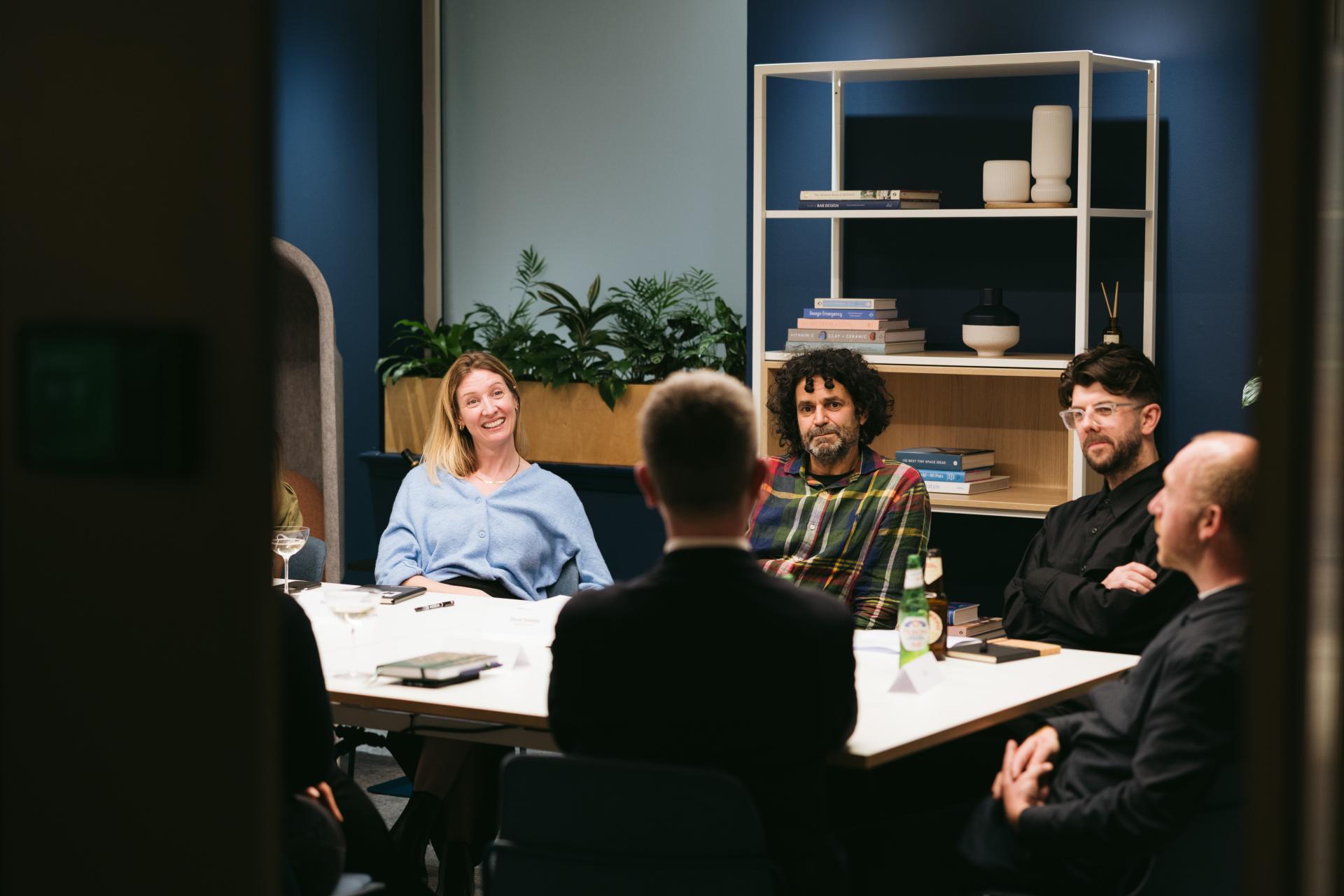



“Do the investment funds care about community?” David asked.
Elliot said it's not their principal concern, based on his prior experience as a fund manager. “It's obviously great if a scheme is really successful because ultimately that shows in the returns and your occupancy levels, but I don't think most investors look at scheme and says the building being there is going to change that location if say, you've got an activated ground floor for example.”
Regardless of this, for cities to truly thrive, the guests believe “connecting the dots” is crucial to spurring momentum around development on a city-wide scale. If an environment isn't created for a community to exist through its amenities – i.e. a small artisan baker that’s supported by local custom, then ultimately a residential scheme will fail because there’s no surrounding infrastructure.
It's chicken and egg. As was suggested by Nick Walker, Iceni Projects, at the seminar. What comes first – the people or the amenity? And can local businesses afford to take a punt in light of rates and rents before a community of potential patrons exists?
In this way, a macro view is required, said Elliot. From the Council and beyond, added Nick. “There are definitely levers that the Council, the public sector, maybe the Scottish Government can manipulate.”
Using Sheffield as an example, the masterplan gives confidence to investors, Nick shared. “They are [the Council] basically there to step in if an office doesn't get leased, for example, to provide a cornerstone of investment.”
“If we’re talking about the perfect mixed-use development area then, is it a prerequisite that a certain level of government needs to be the mastermind?” asked David.
Taking the example of the Barclay’s Campus, which has situated its European HQ on the banks of the River Clyde, was that supported by the government?
“Ultimately that was a big institutional employer making a strategic decision that Glasgow compared to other cities was where they wanted their Northern European HQ”, said Nick, “it wasn't subsidised."
“That was an indigenous occupier who had grown and made a decision based upon their experience in the city - saying ‘this works for us, let's expand’ – which led to a good news story for Glasgow”, added Elliot.
In addition to a macro view, long term thinking is also required, Elliot stressed. “When you think about changing cities, it's more like tectonic plates slowly shifting, but we want things to happen quickly. There can be a short-termism, what's the biggest bang for my buck, what can I get behind to give the ‘wow factor’. We need it to be a longer term view of 20, 30, 40 years.”
The stability of leadership in Manchester is often cited for its success – the unwavering vision of Sir Howard Bernstein and Sir Richard Leese.
In Scotland, the Dundee Waterfront was heralded as a “long-term idea that went beyond a political cycle”, Neil said. “You could buy into it because you didn't have to have immediate results.”
“Councils need ‘cathedral thinking’”, suggested Tracy. “The plans are drawn, but the maker will die before seeing it through – it’s long-term vision.”



A wealth of potential
“What are we excited about?” David asked the group.
Between this conversation, the seminar, and our recent interviews, Glasgow seemingly has lots to be optimistic about. In The Arcadis Sustainable Cities Index 2024 (a global report), Glasgow polls at number 23 (Manchester sits at 30). Sustainability is a clear strength for the city when likened to those comparable. More generally, Scotland’s ability to harness regenerative methods of power has far surpassed other countries.
“We've got a really good base point. Everyone thinks Glasgow's great,” said Tracy. “We've got all these seemingly disparate things that are there.”
“There’s so much potential”, added Hazel.
“But it’s how do we bring it together?” queried Elliot. “We’re in a really good position and we need to be positive. We've got heritage and all these buildings that we can get our teeth into but it's just trying to connect the dots, which I don't think we're doing as well as we could be. It comes back to the leadership, public/private sector economics, and strategic spatial thinking – a masterplan, the likes of which the best schemes in London have.”
Laser focus
It was suggested by the group that putting the focus on one single area of the city would be a good start.
Perhaps the East End – Elliot believes this is an interesting one, especially with the Social Hub connecting that area with the city centre. Trongate – an historically deprived area – is now said to have a “coolness”, and the “Barras” as the Barrowland Ballroom is affectionately known, is now home to makers and emerging fashion brands.
“It’s on the upward trajectory”, said Elliot, “but there’s a long way to go.”
Bringing the conversation to a close, for now, David asked, “If we meet in a year's time, will we be in a better position?” Nods from around the table signified a resounding “yes”.
What are your thoughts on this topic? Do you have something to add? Let us know on LinkedIn.
A huge thank you to all our guests and to our supporters for this event, Forbo Flooring Systems – Partners at Material Source Studio Glasgow, Manchester & London.
Image credits: Lewis Cannon
